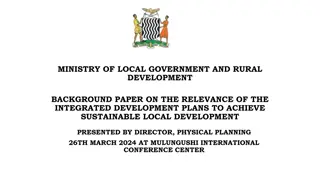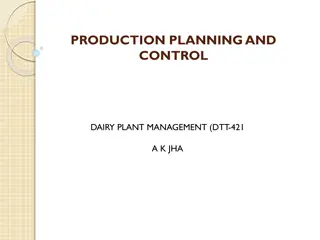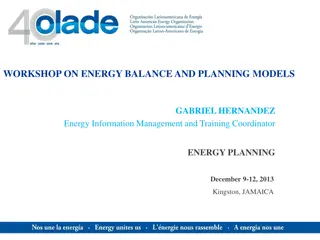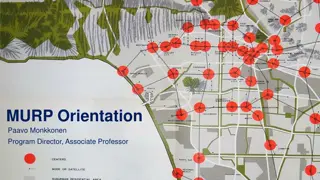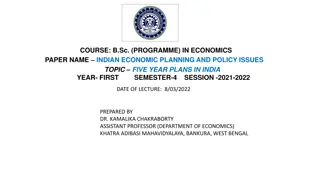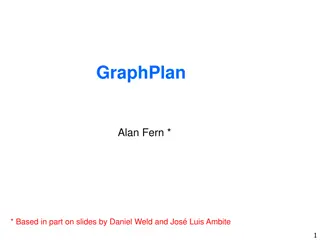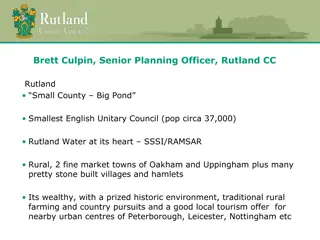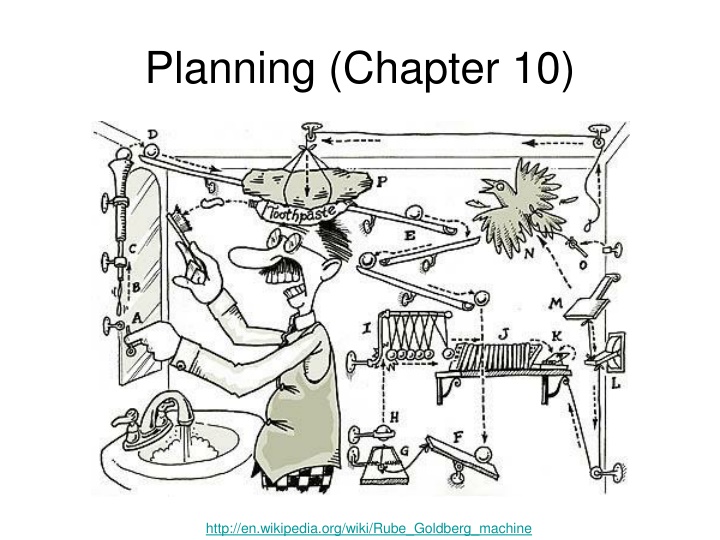
Planning Challenges and Algorithms: A Comprehensive Overview
Explore the complexities of planning in problem-solving scenarios, including challenges like the Sussman anomaly and effective algorithms such as forward state-space search. Discover the importance of proper representation and the applications of planning in various fields.
Download Presentation

Please find below an Image/Link to download the presentation.
The content on the website is provided AS IS for your information and personal use only. It may not be sold, licensed, or shared on other websites without obtaining consent from the author. If you encounter any issues during the download, it is possible that the publisher has removed the file from their server.
You are allowed to download the files provided on this website for personal or commercial use, subject to the condition that they are used lawfully. All files are the property of their respective owners.
The content on the website is provided AS IS for your information and personal use only. It may not be sold, licensed, or shared on other websites without obtaining consent from the author.
E N D
Presentation Transcript
Planning (Chapter 10) http://en.wikipedia.org/wiki/Rube_Goldberg_machine
Planning Problem: I m at home and I need milk, bananas, and a drill. How is planning different from regular search? States and action sequences typically have complex internal structure State space and branching factor are huge Multiple subgoals at multiple levels of resolution Examples of planning applications Scheduling of tasks in space missions Logistics planning for the army Assembly lines, industrial processes Robotics Games, storytelling
A representation for planning STRIPS (Stanford Research Institute Problem Solver): classical planning framework from the 1970s States are specified as conjunctions of predicates Start state: At(home) Sells(SM, Milk) Sells(SM, Bananas) Sells(HW, drill) Goal state: At(home) Have(Milk) Have(Banana) Have(drill) Actions are described in terms of preconditions and effects: Go(x, y) Precond: At(x) Effect: At(x) At(y) Buy(x, store) Precond: At(store) Sells(store, x) Effect: Have(x) Planning is just a search problem
Challenges of planning: Sussman anomaly Goal state: Start state: On(A,B) On(B,C) Let s try to achieve On(A,B): Let s try to achieve On(B,C): http://en.wikipedia.org/wiki/Sussman_Anomaly
Challenges of planning: Sussman anomaly Shows the limitations of non-interleaved planners that consider subgoals in sequence and try to satisfy them one at a time If you try to satisfy subgoal X and then subgoal Y, X might undo some preconditions for Y, or Y might undo some effects of X More powerful planning approaches must interleave the steps towards achieving multiple subgoals http://en.wikipedia.org/wiki/Sussman_Anomaly
Algorithms for planning Forward (progression) state-space search: starting with the start state, find all applicable actions (actions for which preconditions are satisfied), compute the successor state based on the effects, keep searching until goals are met Can work well with good heuristics https://www.youtube.com/watch?v=QLNSkFnBYuM https://www.youtube.com/watch?v=QLNSkFnBYuM
Algorithms for planning Forward (progression) state-space search: starting with the start state, find all applicable actions (actions for which preconditions are satisfied), compute the successor state based on the effects, keep searching until goals are met Can work well with good heuristics Backward (regression) relevant-states search: to achieve a goal, what must have been true in the previous state?
Situation space planning vs. plan space planning Situation space planners: each node in the search space represents a world state, arcs are actions in the world Plans are sequences of actions from start to finish Must be totally ordered Plan space planners: nodes are (incomplete) plans, arcs are transformations between plans Actions in the plan may be partially ordered Principle of least commitment: avoid ordering plan steps unless absolutely necessary
Partial order planning Task: put on socks and shoes Partial order plan Total order (linear) plans
Partial Order Planning Example Start At(Home) Sells(SM, Bananas) Sells(SM, Milk) Start: empty plan Action: find flaw in the plan and modify plan to fix the flaw Have(Milk) Have(Bananas) Finish
Partial Order Planning Example Start At(Home) Sells(SM, Bananas) Sells(SM, Milk) At(x3) Go(x3, SM) At(SM) At(x1) At(x2) Sells(x2, Bananas) Sells(x1, Milk) Buy(x1, Milk) Have(Milk) Buy(x2, Bananas) Have(Bananas) x1 = SM x2 = SM x3 = Home Have(Milk) Have(Bananas) Finish
Application of planning: Automated storytelling https://research.cc.gatech.edu/inc/mark-riedl
Application of planning: Automated storytelling Applications Personalized experience in games Automatically generating training scenarios (e.g., for the army) Therapy for kids with autism Computational study of creativity https://research.cc.gatech.edu/inc/mark-riedl
Complexity of planning Planning is PSPACE-complete The length of a plan can be exponential in the number of objects in the problem! Example: towers of Hanoi
Complexity of planning Planning is PSPACE-complete The length of a plan can be exponential in the number of objects in the problem! So is game search Archetypal PSPACE-complete problem: quantified boolean formula (QBF) Example: is this formula true? x1 x2 x3 x4 (x1 x3 x4) ( x2 x3 x4) Compare to SAT: x1 x2 x3 x4 (x1 x3 x4) ( x2 x3 Relationship between SAT and QBF is akin to the relationship between puzzles and games x4)
Real-world planning Resource constraints Actions at different levels of granularity: hierarchical planning Incorporating sensing and feedback Contingencies: actions failing Uncertainty






